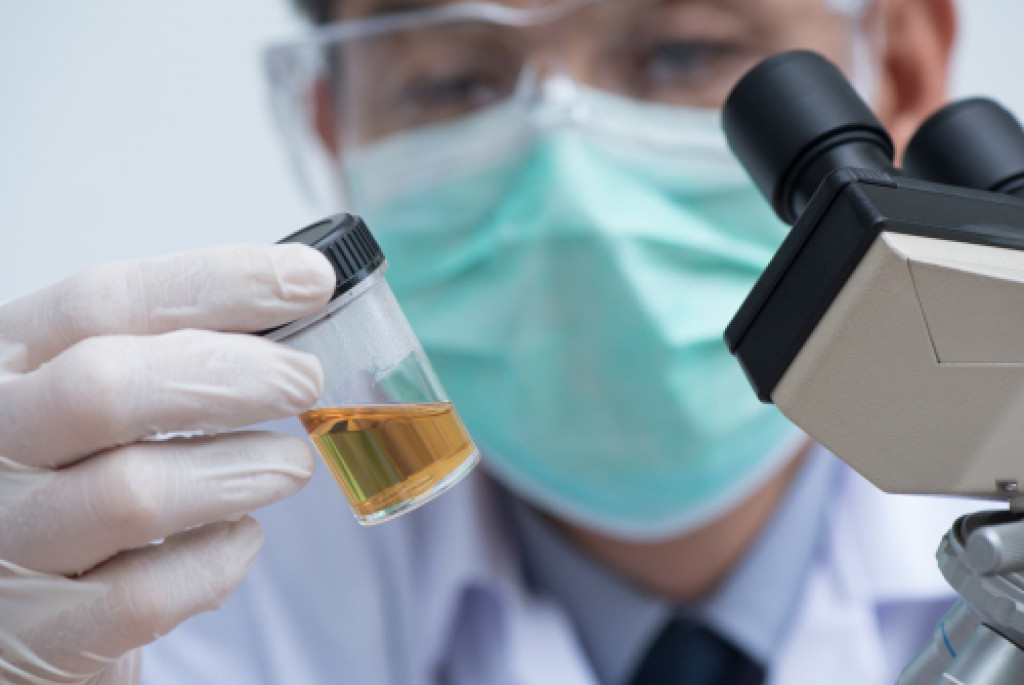Disclaimer: The Lifestyle Elf. This site provides fashion and lifestyle content for informational purposes only.
The drug manufacturing industry has various potential dangers as the employees handle many kinds of substances. To ensure employee safety, follow industry regulations, and maintain proper facility standards such as adequate ventilation, sufficient lighting, durable pharmaceutical flooring systems, and efficient laboratory design. Proper safety training is also essential to identify hazards and how to address them.
There are important strategies to further maintain the safety of your employees in the laboratory.
Perform Risk Assessments
Regular risk assessments help identify and analyze potential substances and events that can negatively impact your products, employees, and their surrounding environment. Some safety hazards that pose serious risks to employees are fire, dust explosion, and toxicity. If risk evaluations are not properly executed, there will be higher possibilities of accidents in the laboratory. Here are the typical factors involved in health and safety risk evaluation:
- Identification of Hazards: This involves physically walking around the facility to identify factors that might cause harm such as lifting heavy items, spills, and chemical storage. Once possible dangers are identified, you need to find out which employees are vulnerable to such threats.
- Evaluation of Risks: This is about taking action regarding the identified hazards to protect the most vulnerable employees. You can either remove the hazard, minimize its risks by implementing a less risky procedure or issue protective equipment to protect employees from those hazards.
- Recording the Findings: Recording the assessment and the respective action taken is one of the easiest ways to know that a risk has been resolved. Documentation is important to have records of the process used in assessment and how conclusions were made.
- Review of the Assessment: Since risk assessment is an ongoing process, regular review is necessary to ensure it’s updated and to identify if additional control measures are needed. It’s recommended to review risk assessments annually to adapt to any changes and rectify any problem.

Observe Proper Chemical Handling
Chemicals are one of the most common components in the pharmaceutical manufacturing industry. Ensure proper chemical handling as it has an increased risk of releasing harmful toxins, explosions, and fires. Proper transportation of these substances should also be observed and should be as safe as possible. Here are some safety rules for proper chemical handling:
- Wear Proper Personal Protective Equipment: Always exercise caution when transferring, distilling, or refluxing hazardous chemicals. PPEs such as chemical-resistant gloves, closed-toe shoes, goggles, and lab coats are a must to minimize long-term damage in case you come into contact with these unsafe materials.
- Ensure Proper Storage: Safely store chemicals by using the correct containers with proper labels. Any odoriferous and volatile substances should be placed in ventilated storage areas, and flammable liquids should be in approved storage cabinets. For corrosive materials, make sure they are placed in resistant secondary containers to catch any spills or leaks.
- Practice Safe Transport: Move chemicals safely by placing them in leak-proof containers and using sturdy carts that can roll on uneven surfaces. One of the most important ways to avoid potential accidents is to never leave the chemicals unattended.
- Properly Dispose of Chemical Waste: Before disposing of any chemicals, make sure you know which containers are compatible with the material. For instance, don’t store acids or bases in metal and avoid putting hydrofluoric acid in a glass. Also, avoid using lightweight polyethylene containers for gasoline. Don’t forget to use leak-proof, screw-on caps and always label each container.
- Properly Handle Any Spills: One of the standard operating procedures in handling spills is using a spill kit, which contains materials that you can use for handling incidental chemical spills. Make sure it’s easily accessible along with other important equipment such as eyewashes, fire extinguishers, telephones, and emergency showers. In case of a large spill, immediately call for help, quickly identify the material, and avoid breathing the vapors.
- Segregate Incompatible Chemicals: Improper handling and storage can cause incompatible chemicals to explode or cause a fire. Make sure to store chemicals according to compatibility, not alphabetically. Also, don’t forget to put labels and store each compatible group in a separate location away from other chemical groups.
Keep Material Safety Data Sheets
Pharmaceutical companies always keep material safety data sheets that contain information about the substances being used. Important data such as the provider’s contact information, composition and ingredients, disposal information, and toxicology report should be always indicated to let employees work safely with chemicals.
Pharmaceutical manufacturing companies should always maintain safety in the laboratory and be mindful of following manufacturing safety compliance. These basic safety precautions can help employees and the business stay safe and continuously provide high-quality, pure, and effective pharmaceutical products for everyone.

